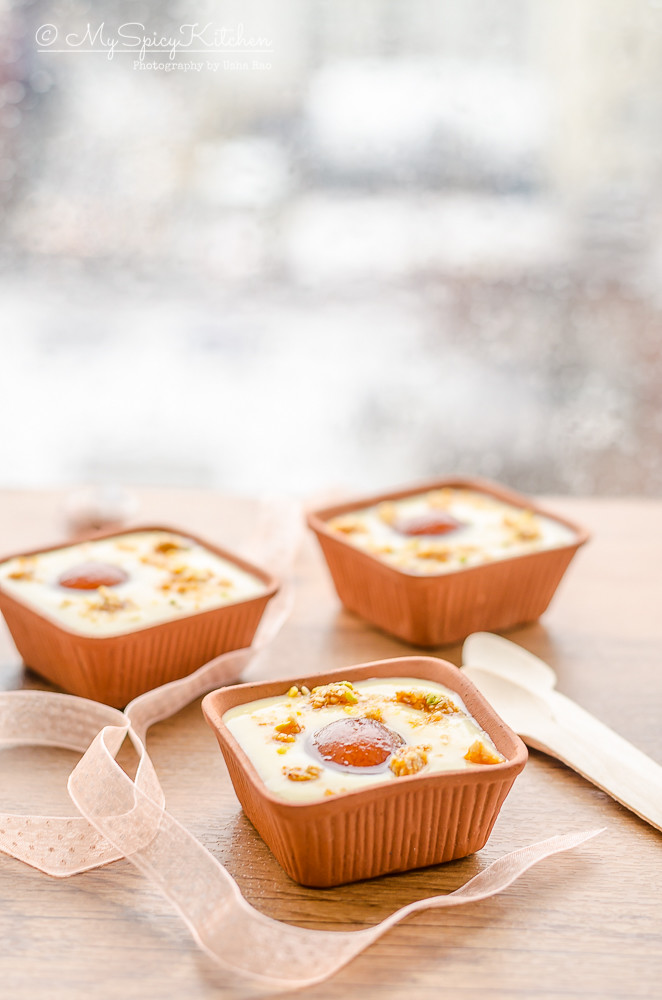B is for Bokeh. It is pronounced booke, boo as in bow and ke as in kettle. Bokeh is derived from a Japanese word boke which means blur. In photography, bokeh is the affect of the blur that is created in parts of the image that are out of focus. There are many definitions to bokeh and one of them is "the way the lens renders out-of-focus points of light". Visual affects of a bokeh depends largely on type of lens and it's fastness.
Most common examples of bokeh are holiday lights where out of focus area forms bubbles or circles. My first image doesn't have any circle/bubbles in the out of focus parts of the image but it does have a nice blur. Not sure if this is a good bokeh or a bad bokeh. By the way, cherry blossoms are just beginning to blossom in Central Park and this year they are late. Looking forward to my walks in the park when the blossoms are in full bloom.
Below are more examples of bokeh from the archives, though non with holiday lights :(
This image is from last
May. Natural light coming through the leaves created a bokeh effect, white circles.
This image is from
2015 summer
All the above images are with Sony Mark 3 Rx 100. As mentioned above, the shape and size of bokeh depends on the lens used. A prime lens is usually recommended and mode of shooting should either be manual or aperture priority. Always try to use an aperture of 2.8 or below. The below image is from my
food blog, I shot with my Nikon 5100 using a 50mm prime lens f/1.8. Here I used an aperture or f stop of 3.5. You can see some white circles on the left top corner and in the center right of the image. Below image is also an example of B for backlight, where the source of light is behind the subject.
Camera: Sony Mark 3 RX 100
Picture of the day in 2013: Bridges
Picture of the day in 2012: Grass
Picture of the day in 2011: Tax documents





Loved the pictures. They are spectacular :)
ReplyDeleteThanks Dipanwita
DeleteGorgeous photos!
ReplyDeleteThanks Deborah
DeleteOh! These are really pretty!
ReplyDeleteAnna